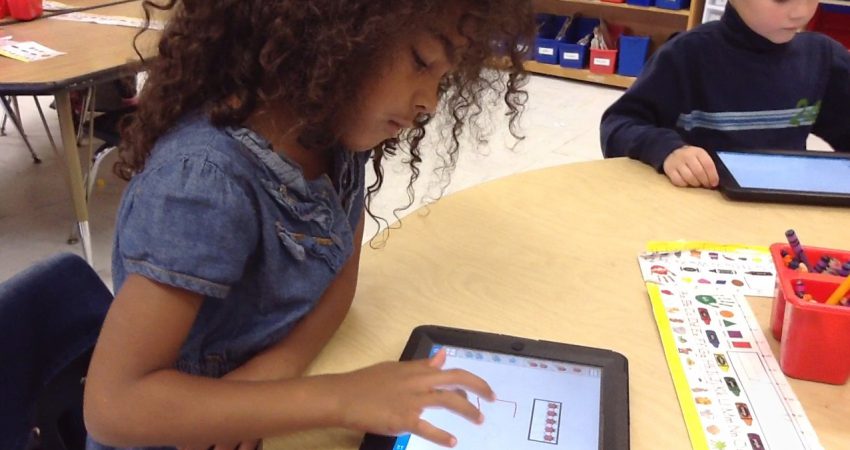
By Bronwyn Bevan - May 2011
PAPER CITATION
Jackson, K. (2011). Approaching participation in school-based mathematics as a cross-setting phenomenon. Journal of the Learning Sciences, 20(1), 111–150.
WHY IT MATTERS TO YOU
This study is relevant to ISE educators in that it raises questions about how to coordinate experiences between home and other settings. In particular, the case illustrates how productive mathematics work in the home setting may not be capitalized on by mathematics instruction in the formal setting.
What Is The Issue?
There is growing understanding that learning develops across time and settings. This paper describes a particular case in which a fourth-grade boy’s mathematics learning is shaped by experiences both at home and at school. It is relevant to researchers seeking to understand and study learning as a cross-setting phenomenon. It also shows the hybrid nature of practices and arrangements in both formal and informal settings.
What Was The Study?
In the study she reports here, the author finds that, at home, the relationship between the boy and his parents is not one of novice-expert, but rather one of advice-seeker and advice-giver, with the salient point being that the parents themselves are not expert at the mathematics in question. However, they avail themselves of multiple resources to assist and give advice, such as using the internet, drawing on other recent experiences, and accessing school resources. For example, when the boy asks for procedural advice on a fractions problem, the father uses the Internet to try to find the procedural answer. As the father is searching the Internet, the boy solves the problem on his own, but the father’s research helps to affirm that the boy had taken the right approach. He then asks the boy to apply the same procedures to some arguably more complex fraction problems, thus extending the learning opportunity for his son while at the same time creating the context in the home in which mathematics is taken seriously as an important endeavor. The author shows, in two examples, how the boy and his parents draw on multiple past experiences and resources to solve the problems.
The author then turns to interviews with the teacher of the class who is shown to have developed somewhat disapproving ideas regarding the nature of the boy’s parents’ involvement in his homework. The boy attends a charter school with extremely strict rules about completion of homework. The school has a policy that parents and children in need of assistance with homework can call teachers on their school-issued cell phones at any time up until 9 pm. Although the researcher found that the parents had worked to create home conditions for the boy to be successful at his homework, the teacher had the impression that the parents “coddled” the boy and that he lacked diligence in his mathematics work as a result. This perception might have developed in part because of the parents’ phone calls to the teacher for assistance when the boy got stuck. This negative perception was communicated to the boy in different ways, and positioned him as a slow and even lazy mathematics learner in the classroom, which led him to engage less assiduously in mathematics activities at school.
THEORETICAL UNDERPINNINGS
The author provides a concise description and critique of theories related to learning across settings, including theories of “transfer,” “mismatch,” and “participation.” This summary includes the point that theories of transfer are premised on the idea that learning is a complete process whereas participation theories are based on the idea of learning as an ongoing process across time and setting, which can be experienced as discontinuous and disparate.
What Were The Findings?
In addition to useful summaries of the theories of transfer, mismatch, and participation, this paper provides ISE educators with an interesting and nuanced account of how opportunities to learn are shaped by forces that exist in different settings but which shape and impact experiences across settings. The strict rules and requirements that the boy found in school led to the creation of different activities in the home setting. These positive activities to support the boy’s homework in the home setting served to reinforce the negative perceptions and positioning of the boy in the school setting. This paper alerts ISE educators to the need to develop ways to identify as well as build on resources and strengths that learners may bring with them to the learning experiences.




